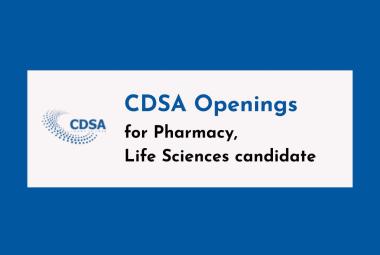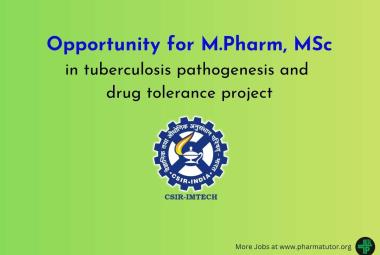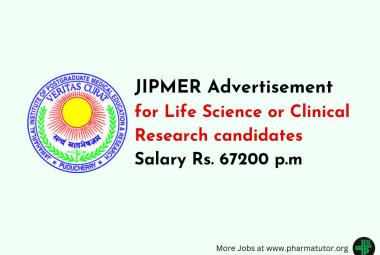The U.S. Food and Drug Administration granted approval to Savaysa (edoxaban tablets) as anticlotting drug. This drug is used to reduce dangerous blood clots in patients with atrial fibrillation, deep vein thrombosis and pulmonary embolism.
[adsense:336x280:8701650588]
Anti-clotting drugs act by lowering blood clots formation in the heart. It is an oral, once-daily factor Xa inhibitor anticoagulant indicated for the prevention of stroke and systemic embolism in patients with nonvalvular atrial fibrillation, and for the treatment of deep vein thrombosis, and pulmonary embolism. Savaysa also helpful for patients who is already administering anticlotting drug parenterally.
Atrial fibrillation is condition in which Patients feel abnormal, irregular and rapid heartbeat. This cause formation of blood clot due to improper beating of heart which can break off and travel to the brain or other parts of the body. Deep Vein Thrombosis is a blood clot that forms in a vein deep in the body, usually in the lower leg or thigh. Pulmonary Embolism results when a blood clot in a deep vein breaks off and travels to an artery in the lungs and blocks blood flow. It is a potentially deadly condition.
The approval of Savaysa is based on a randomized, multicenter, open-label trial in patients with atrial fibrillation. The trial was conducted on 21,105 patients. The trial was compared two dose levels of Savaysa with the anti-clotting drug warfarin for their effects on rates of stroke and dangerous blood clots (systemic emboli) or warfarin alone. Similarly trial was conducted on patient with 8,292 patients with DVT and PE. The study compared the safety and efficacy of Savaysa to warfarin.
[adsense:468x15:2204050025]
The earlier trial results showed that warfarin is highly effective in reducing the risk of stroke in patients with atrial fibrillation but it increases the risk of bleeding. While Savaysa showed less major bleeding compared to warfarin. In another trial of patient with DVT and PE result showed 3.2 percent of patient taking Savaysa had a symptomatic recurrent venous thromboembolism compared to 3.5 percent of those taking warfarin.
Savaysa should not be used in nonvalvular atrial fibrillation patients with a higher creatinine clearance (greater than 95 milliliters per minute). Bleeding is the most serious risk with Savaysa for such patients. In this case another anticoagulant should be used. To avoid any side effect, Savaysa will be dispensed with warning or instructions on the box with its use and drug safety information.
In case of Atrial Fibrillation the recommended dose is 60 mg once daily in patients with CrCL >50 to ≤ 95 mL/min. Do not use SAVAYSA in patients with CrCL > 95 mL/min. Reduce dose to 30 mg once daily in patients with creatinine clearance 15 to 50 mL/min.
For treatment of DVT and PE The recommended dose is 60 mg once daily The recommended dose is 30 mg once daily for patients with CrCL 15 to 50 mL/min or body weight less than or equal to 60 kg.The rates of cardiovascular death with SAVAYSA and warfarin were 2.95% per year vs. 3.59% per year, respectively. In addition, Savaysa demonstrated a significant 19% lower rate of clinically relevant bleeding in patients with venous thromboembolism compared to warfarin (8.5% vs. 10.3%, respectively). Overall response rate, safety and efficacy in patients with Atrial Fibrillation, DVT and PE, was higher in the Savaysa compared to the warfarin alone
Savaysa available for non-valvular atrial fibrillation and venous thromboembolism patients. These diseases are expected to double in prevalence by mid-century.







